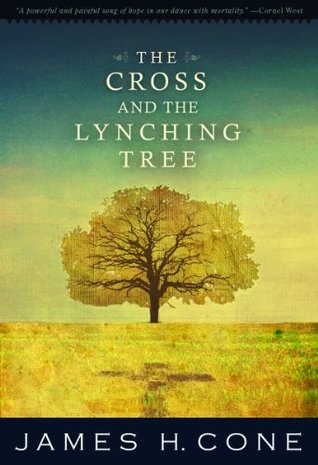And yet, in the end, was there not a limit to Niebuhr’s imagination? For all his exquisite sensitivity to symbols, analogies, and the moral dimensions of history, was he ultimately blind to the most obvious symbolic re-enactment of the crucifixion in his own time? Niebuhr’s focus on realism (“facts of experience”) and the cross (tragedy) should have turned his gaze to the lynching tree, but he did not look there, even though lynching trees were widely scattered throughout the American landscape. Why did Niebuhr fail to connect Jesus’ cross to the most obvious cross bearers in American society?
Welcome back. Just a moment while we sign you in to your Goodreads account.


